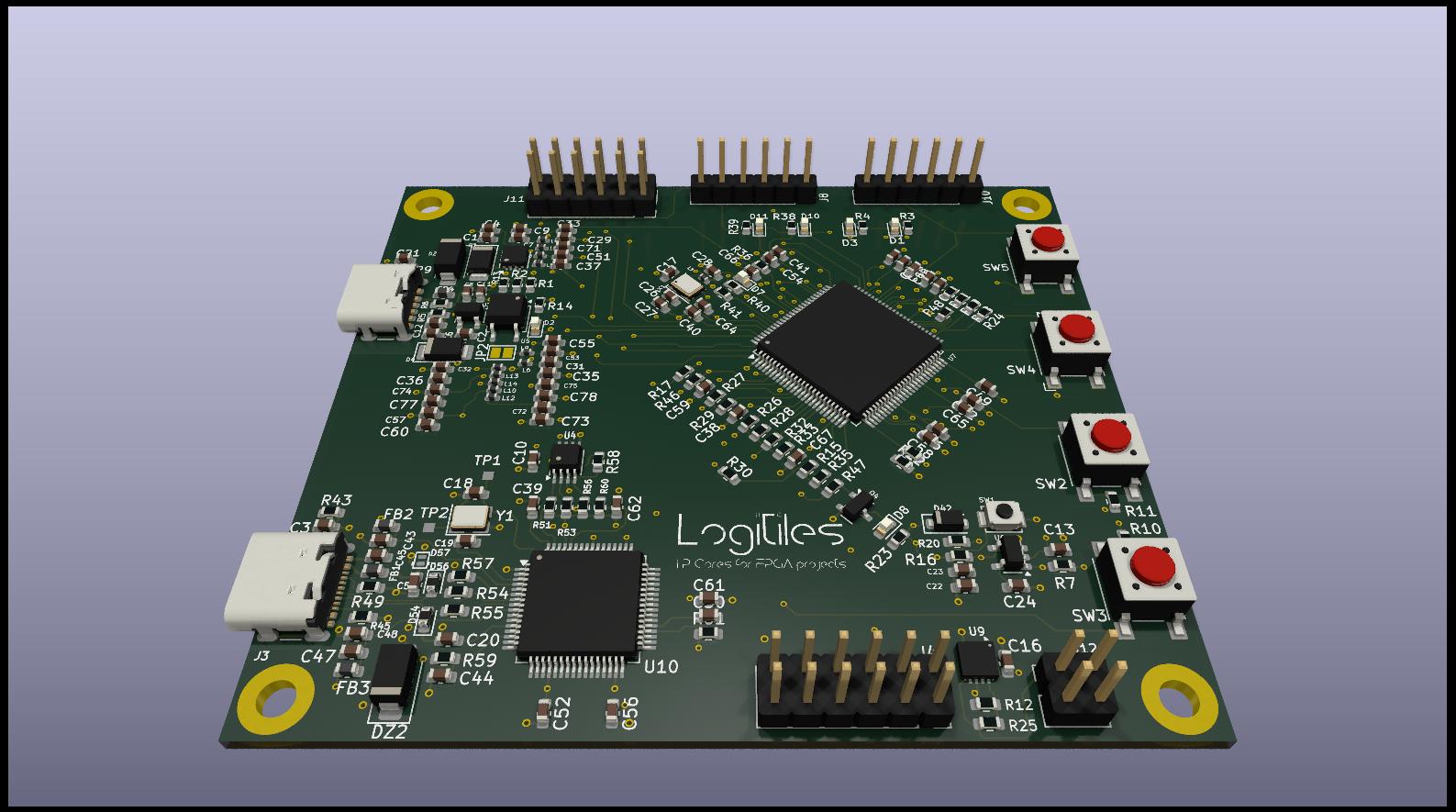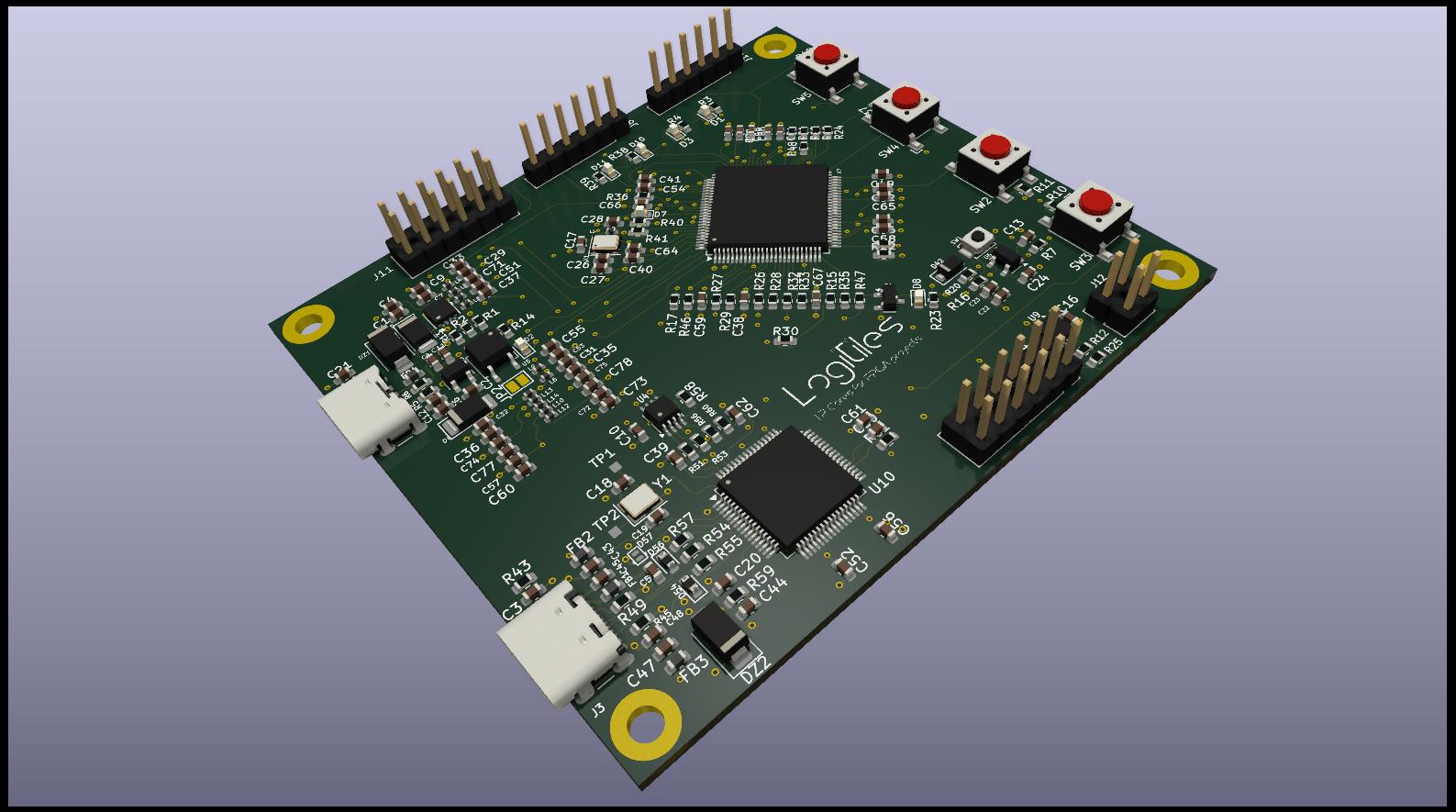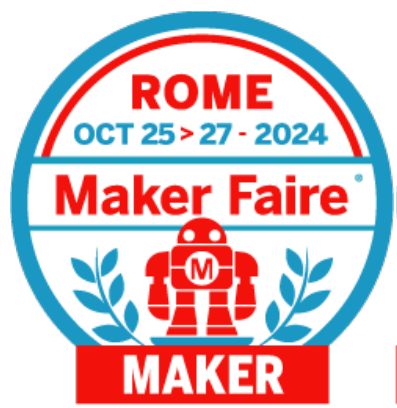We are extremely proud to announce that we have just started building the first version of the HEXCHOOL-20Q100, a board dedicated to those who want to learn how to design with FPGAs, and that will be provided to students of our FPGAcademy included in the price of the courses.

This board was born in the wake of the success of our HEXBERRY-V board, which was presented at the Maker Faire 2024 held in Rome a few weeks ago. We wanted to provide students with a board that was slightly larger (it does not need to be as small as Hexberry-V) and with a greater presence of interaction peripherals for the students (buttons, leds,..). In addition, 2 PMOD interfaces (12 pins) and also 2 PMOD interfaces (6 pins) have been added, so that students will be able to learn how to design with FPGAs by interacting with any of the PMOD interfaces they want to use for their course/project.
Obviously this board can also be used as EVALUATION BOARD or as DEVELOPMENT BOARD, then delegating to HEXBERRY-V to represent the project in the product or creating a custom board for the purpose.

Like its sister board HEXBERRY-V, we expect that HEXCHOOL will be able to accommodate the 32-bit Efinix VexRisc processor, taking up roughly half of the available FPGA. This will allow our students to learn to design with a SoC as well, using tools like EFINITY and its Eclipse-based Efinity's RISC-V IDE plugin.
Note: these tools are and will always be free for HEXCHOOL, for HEXBERRY-V and for any FPGA coming from EFINIX
The main features of HEXCHOOL board are:
- dim. 80 x 70 mm
- EFINIX TRION T20Q100 Fpga
- 16Mb SPI flash INTERNAL to the FPGA
- external 50 Mhz oscillator
- 5V power supply via USB-C connector (for power only)
- 16 Mbit SPI flash memory (holds up to 2 full bitstreams) INTERNAL to the FPGA
- 4 buttons
- 4 LEDs
- 2 PMOD (12 pins) + 2 PMOD interfaces (6 pins)
- Low voltage supervisor with adjustable reset delay and manual reset
- Microchip cryptographic authentication IC
- USB-C to SPI (active and passive) and JTAG (bridge and direct) programmer on board (does not require an external programmer)
- Native I2C interface
NOTE: We are not affiliated with EFINIX inc. All product names, logos, and brands are property of their respective owners.
All companies, products and services names used in this website are for identification purposes only.

